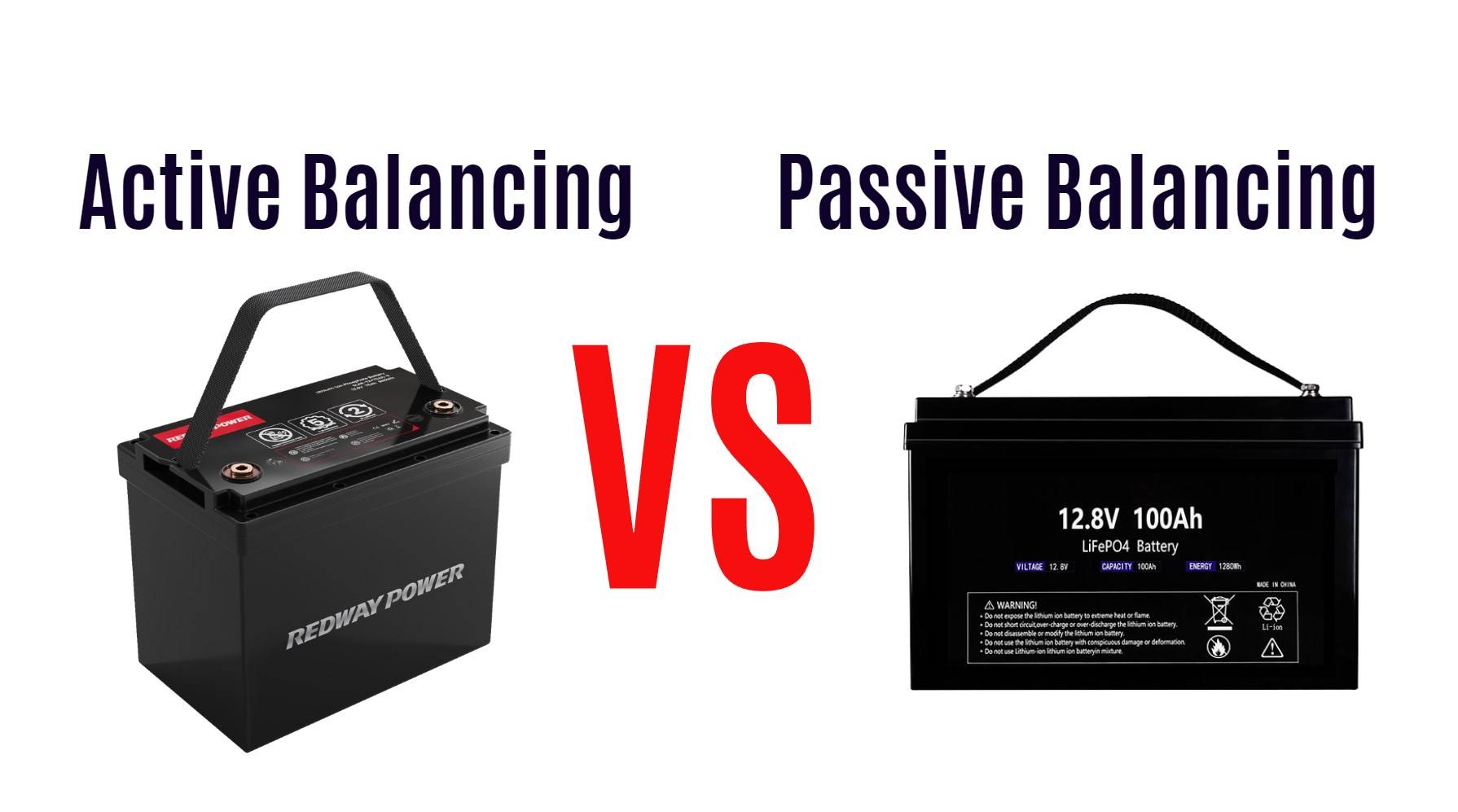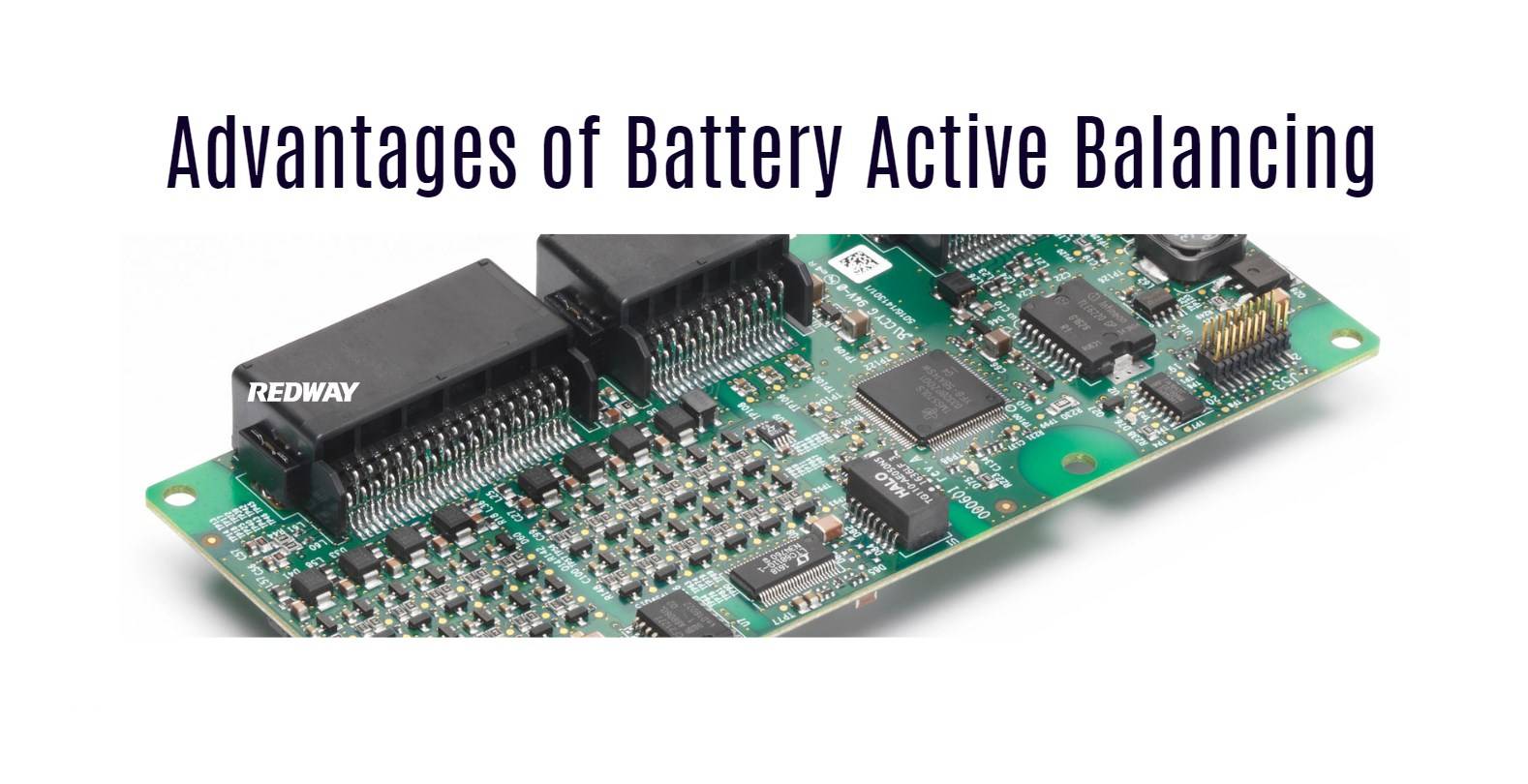
Blog
How to Understand Active Balancing vs. Passive Balancing in Battery BMS

What Is Passive Balancing and How Does It Work?
Understanding Passive Balancing
Passive balancing is a straightforward method where excess energy from higher-voltage cells is dissipated as heat through resistors. This method equalizes the charge among cells by discharging the more charged cells until they match the voltage of the less charged ones.
Chart: Passive Balancing Overview
| Feature | Description |
|---|---|
| Efficiency | Lower efficiency due to energy loss as heat |
| Complexity | Simpler design with fewer components |
| Cost | Generally lower cost due to simplicity |
| Application | Suitable for smaller battery packs or less critical applications |
How Does Active Balancing Differ from Passive Balancing?
Understanding Active Balancing
Active balancing involves transferring energy between cells rather than dissipating it as heat. This method uses additional circuitry to move charge from higher-voltage cells to lower-voltage ones, maintaining a more uniform state of charge across the pack.
Chart: Active Balancing Overview
| Feature | Description |
|---|---|
| Efficiency | Higher efficiency as energy is redistributed |
| Complexity | More complex design with additional components |
| Cost | Generally higher cost due to complexity |
| Application | Ideal for larger battery packs and critical applications |
What Are the Benefits of Each Balancing Method?
Benefits of Passive Balancing
- Simplicity: Easier to implement and requires fewer components.
- Cost-Effective: Lower initial investment makes it suitable for budget-sensitive projects.
- Reliability: Fewer components mean reduced chances of failure.
Benefits of Active Balancing
- Efficiency: Minimizes energy loss, enhancing overall battery performance.
- Longevity: Extends battery life by preventing over-discharge of weaker cells.
- Performance: Maintains optimal performance in high-demand applications.
Why Is Cell Balancing Important in Battery Management Systems?
Importance of Cell Balancing
Cell balancing is crucial for maximizing battery performance and lifespan. Imbalances can lead to overcharging or over-discharging of individual cells, resulting in reduced capacity, increased wear, and potential safety hazards like thermal runaway.
Chart: Effects of Imbalance on Battery Performance
| Imbalance Level | Consequences |
|---|---|
| Minor Imbalance | Reduced capacity and efficiency |
| Moderate Imbalance | Increased wear on specific cells |
| Severe Imbalance | Risk of thermal runaway and potential failure |
How Do You Choose Between Active and Passive Balancing?
Choosing the Right Method
The choice between active and passive balancing depends on several factors:
- Application Requirements: High-performance applications benefit from active balancing.
- Cost Constraints: For budget-limited projects, passive balancing may be more appropriate.
- Battery Size: Larger packs often require active balancing for effective management.
Frequently Asked Questions
What is the main difference between active and passive balancing?
Active balancing redistributes energy between cells, while passive balancing dissipates excess energy as heat.When should I use active balancing?
Active balancing is ideal for larger battery systems or applications where efficiency and longevity are critical.Is passive balancing sufficient for all applications?
While passive balancing works well for smaller or less demanding applications, it may not be adequate for high-performance scenarios.
Industrial News
Recent advancements in battery management technologies have highlighted the importance of efficient cell balancing methods. Companies are increasingly adopting active balancing solutions to enhance the performance and lifespan of lithium-ion batteries used in electric vehicles and renewable energy storage systems. Innovations in semiconductor technology are also making active balancing more cost-effective, paving the way for broader adoption across various industries.
Redway Power Views
“Understanding the differences between active and passive cell balancing is vital for optimizing battery performance. As technology evolves, we see a shift towards more efficient solutions that not only enhance safety but also extend the life of battery systems. The future lies in smart battery management that adapts to user needs while maximizing efficiency.”
















